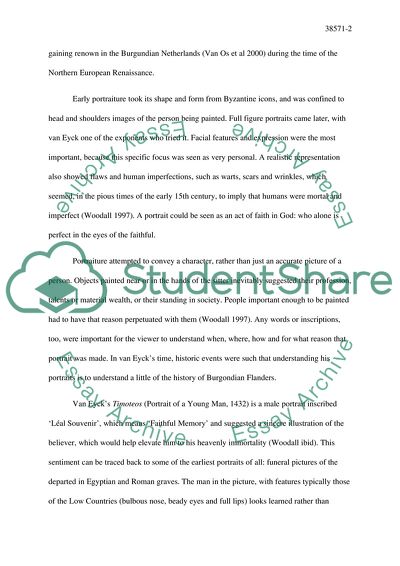Cite this document
(The Man in the Chaperon - Jan Van Eyck Research Paper, n.d.)
The Man in the Chaperon - Jan Van Eyck Research Paper. Retrieved from https://studentshare.org/visual-arts-film-studies/1732639-renessiance-cites
The Man in the Chaperon - Jan Van Eyck Research Paper. Retrieved from https://studentshare.org/visual-arts-film-studies/1732639-renessiance-cites
(The Man in the Chaperon - Jan Van Eyck Research Paper)
The Man in the Chaperon - Jan Van Eyck Research Paper. https://studentshare.org/visual-arts-film-studies/1732639-renessiance-cites.
The Man in the Chaperon - Jan Van Eyck Research Paper. https://studentshare.org/visual-arts-film-studies/1732639-renessiance-cites.
“The Man in the Chaperon - Jan Van Eyck Research Paper”, n.d. https://studentshare.org/visual-arts-film-studies/1732639-renessiance-cites.


